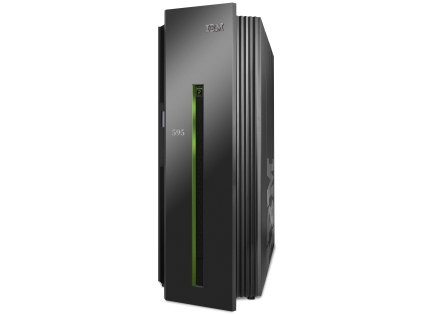Met Office buys IBM petaflop supercomputer

The Met Office is buying a supercomputer from IBM which is expected to operate at close to a petaflop by 2011.
The as-yet-unnamed supercomputer is being acquired from IBM in a deal worth £33m, and will be used for both standard weather forecasting and climate-change prediction.
The supercomputer is due to come online in 2009, and will initially run at a maximum speed of 125 trillion floating point operations per second. According to IBM, this will make it the second most powerful computer in the UK, after the one run by the European Centre for Medium-Range Weather Forecasts. By 2011, the Met Office supercomputer is expected to operate at speeds approaching one quadrillion floating point operations per second, or one petaflop.
"Using specialised processes for weather-forecasting apps needs a huge number of processors," Ian Green, IBM's worldwide sales leader for high-performance computing systems, told ZDNet.co.uk on Monday.
IBM has already broken the petaflop barrier with its 'Roadrunner' supercomputer, announced in June and built for the US Department of Energy's National Nuclear Security Administration, to model the effects of nuclear explosions.
However, according to Green, the Met Office computer will not need to perform at the same speeds as Roadrunner, as the two supercomputers will be used for radically different tasks.
"The [Met Office] supercomputer will need high memory bandwidth and high-speed communications between different parts," said Green. "It is trying to manage a number of different data sets."
While the cell processors used in Roadrunner enable modelling of nuclear events, the Met Office system will require a lot of memory to deal with processing data with variables that are constantly changing.
"It's like the flutter of butterfly wings causing a storm on the other side of the world," said Green. "If you have a lot of different data points, when one moves, it affects everything else."
The supercomputer will let the Met Office run more 'ensembles', or scenarios that model different interactions of variables, and compare different possible outcomes. The software running on the computer will be the Met Office's proprietary Unified Model code, according to Green.
A spokesperson for the Met Office told ZDNet.co.uk that the main emphasis for the supercomputer would be to introduce a 'one-kilometre' grid. Currently, weather calculations are done on a grid where each point intersects at intervals of four kilometres. Calculations are based on Newtonian equations of motion, thermodynamics, continuity and equations of state, combined with water vapour-dynamic equations.
The computer will also be used to make calculations based on a finer grid around the globe. Currently the Met Office uses a global grid with a "coarse" 75-kilometre lattice, but will work to refine that down to a 25-kilometre grid.
"We'll start to pick up the development of misoscale features like thunderstorms that have traditionally been difficult for us to get right," said the spokeperson.
However, when asked whether the weather forecast could ever be 100 percent accurate, the spokesperson said: "Not in my lifetime, or yours. Short-range pressure and temperature prediction is already accurate but, with precipitation, 100 percent accuracy is not possible [due to the chaotic nature of the weather]."
